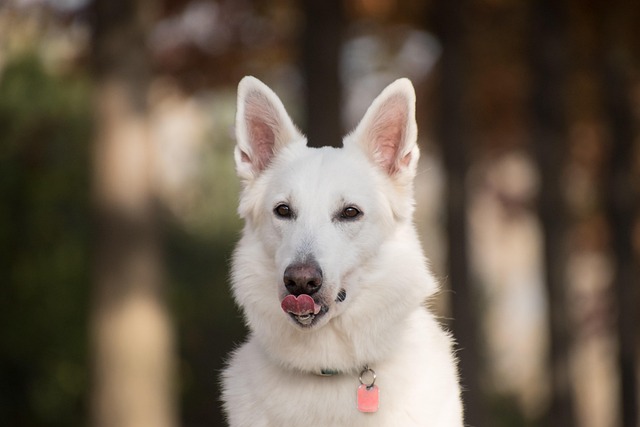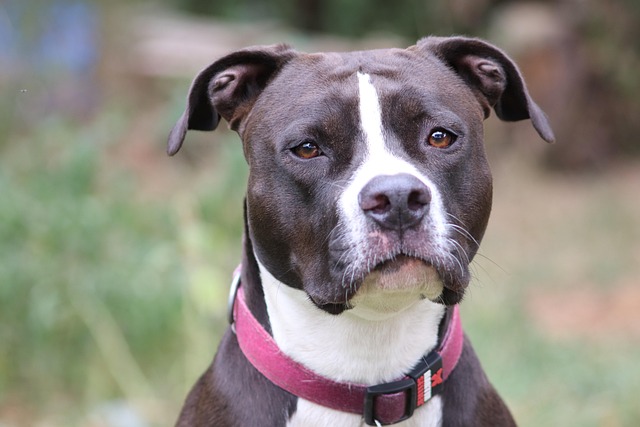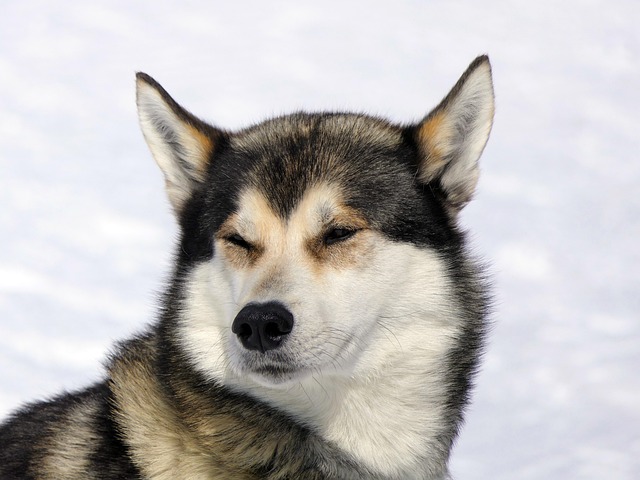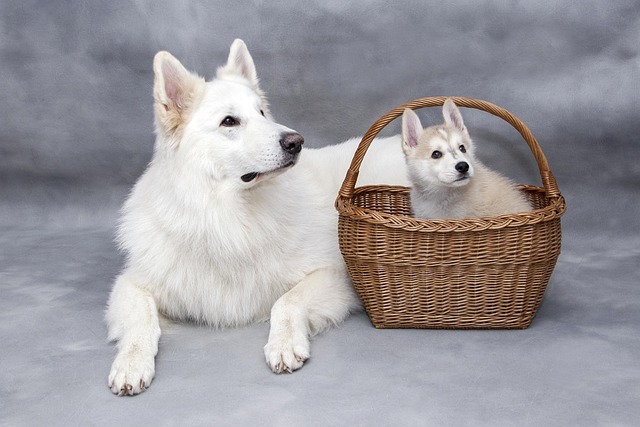Walking down any American neighborhood street in July, you'll notice something fascinating: some dogs sport freshly trimmed coats while others maintain their full, fluffy appearance. This observation raises a question that countless pet owners grapple with each summer - whether professional grooming is truly beneficial during the hottest months of the year. The decision isn't as straightforward as many assume, and understanding the nuances of summer dog grooming can make the difference between a comfortable, healthy pup and one facing unexpected challenges.
Most dog owners approach summer grooming with a simple logic: shorter fur equals cooler dog. This reasoning seems perfectly sound when you're watching your Golden Retriever panting heavily during a 90-degree afternoon walk. Professional groomers across the country report their busiest season typically runs from May through August, with clients specifically requesting "summer cuts" to help their pets cope with rising temperatures. The traditional approach focuses on removing excess undercoat and trimming longer fur to improve air circulation around the dog's skin.
However, temperature regulation represents just one piece of a much larger puzzle. Regular summer grooming sessions offer significant health advantages that extend far beyond simple cooling. Professional groomers can identify skin irritations, hot spots, and early signs of parasites that might otherwise go unnoticed beneath thick coats. During summer months, dogs spend more time outdoors, increasing their exposure to ticks, fleas, and other pests that thrive in warm, humid conditions. A thorough grooming session includes careful inspection of these potential problem areas.
Additionally, summer activities like swimming, hiking, and increased outdoor play can lead to faster matting and tangling of fur. Left unchecked, these mats can trap moisture and bacteria against the skin, creating perfect conditions for infections. Professional groomers possess the tools and expertise to safely remove these mats without causing discomfort to your pet. Many dog owners discover that regular summer grooming actually reduces the amount of fur shed throughout their homes, a welcome relief during months when windows stay open and air conditioning systems work overtime.
Despite these benefits, summer grooming carries risks that responsible pet owners must carefully consider. The most significant concern involves over-shaving, which can leave dogs vulnerable to sunburn and skin damage. A dog's coat provides natural protection against harmful UV rays, and removing too much fur can result in painful burns, particularly on light-colored or thin-skinned breeds. In some states, animal welfare regulations actually specify guidelines for grooming practices, emphasizing the importance of maintaining adequate coat length for protection.
Another consideration involves the timing and frequency of grooming sessions. Dogs with double coats, such as German Shepherds or Huskies, rely on their undercoat for insulation in both hot and cold weather. Completely removing this layer can actually make temperature regulation more difficult, not easier. Professional groomers understand these breed-specific needs and can recommend appropriate techniques that maintain the coat's protective properties while still providing relief from heat.
The quality of grooming services varies significantly, and choosing an inexperienced groomer can result in uneven cuts, nicks, or stress-related behavioral issues. Dogs remember negative experiences, and a traumatic grooming session can create lasting anxiety around future appointments. This consideration becomes particularly important in areas with high concentrations of grooming businesses, where pet owners might be tempted to choose based solely on price or convenience.
Successful summer grooming requires strategic planning and professional expertise. Schedule appointments during cooler parts of the day, typically early morning or late afternoon, to minimize heat stress during transportation and the grooming process itself. Professional groomers recommend maintaining appointments every 4-6 weeks during summer months, rather than waiting for seasonal "major overhauls" that can shock both the dog's system and appearance.
When selecting grooming services, prioritize establishments that maintain climate-controlled environments and demonstrate clear understanding of breed-specific needs. Ask about their approach to different coat types and request to see examples of their work on dogs similar to yours. Reputable groomers will gladly discuss their techniques and explain why certain approaches work better for specific breeds or individual dogs.
Pay attention to your dog's behavior and physical condition following grooming sessions. Signs of successful summer grooming include improved comfort during hot weather, reduced panting, and obvious relief when temperatures rise. However, watch for indicators of problems such as excessive scratching, skin redness, or behavioral changes that might suggest discomfort or sunburn.
Consider your local climate and your dog's specific lifestyle when making grooming decisions. Dogs living in apartments with air conditioning have different needs than those spending most of their time in suburban yards. Similarly, highly active dogs participating in hiking, swimming, or other outdoor activities may benefit from more frequent grooming than sedentary indoor pets.
The decision to pursue professional summer grooming ultimately depends on balancing multiple factors specific to your dog's breed, health, lifestyle, and local environment. While the benefits of improved comfort, health monitoring, and parasite prevention are compelling, the risks of over-grooming and sun exposure require careful consideration. Working with experienced professionals who understand both the science of canine coat care and local regulations ensures that your summer grooming decisions support your dog's overall well-being throughout the hottest months of the year.





